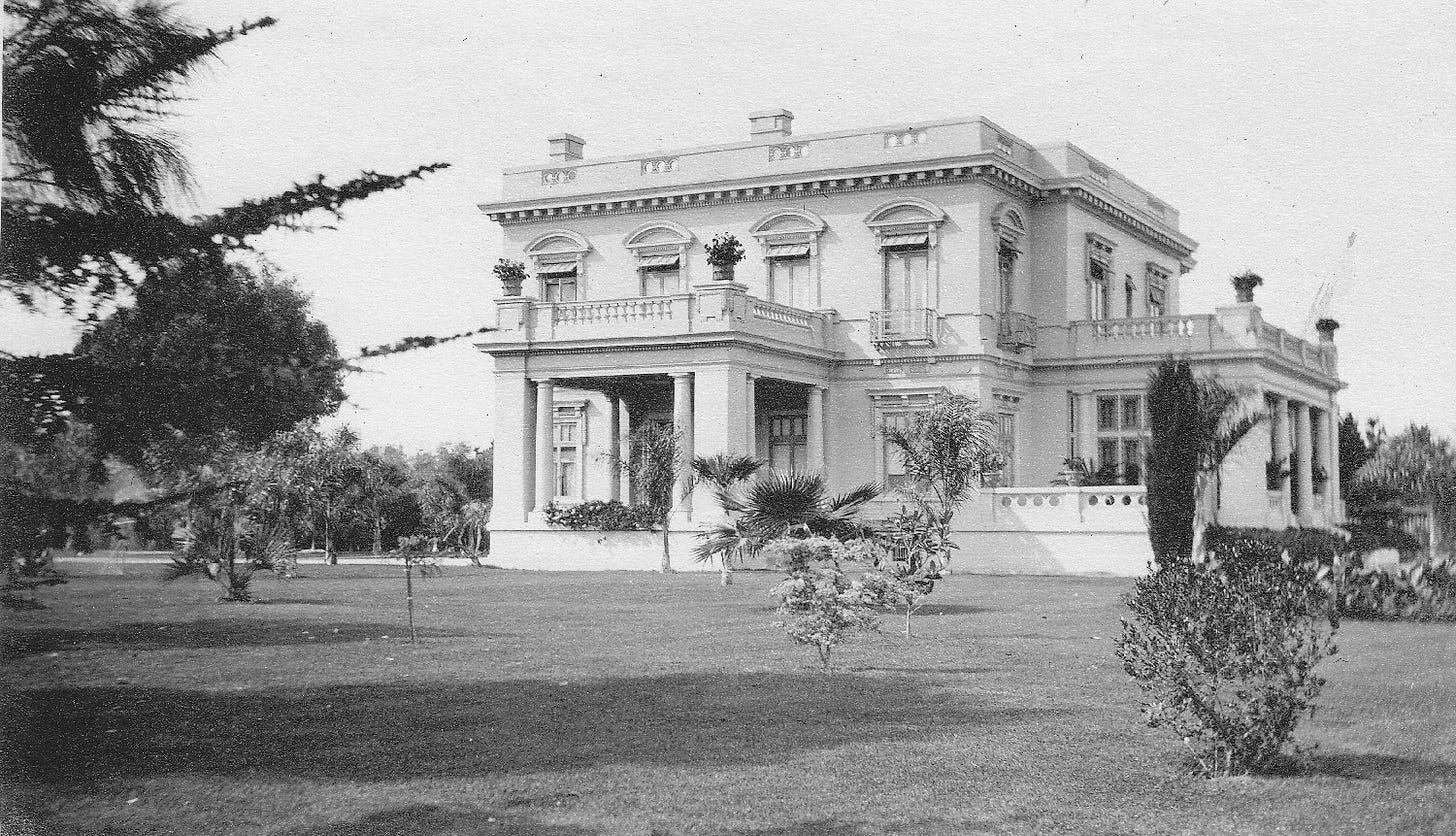May 3, 1913
Two bellboys at the Hotel Del Coronado imbibed too freely of “joy water” during a Shriners banquet and decided to take a ride. The boys commandeered Claus Spreckels’ big red automobile and started down the Silver Strand. They ran off the road and into the sand at the far end of Tent City, wrecking the machine. They returned to the hotel for another car and were nabbed by a watchman, who placed them in “the dungeon” at Tent City. The boys pried off the door and got out but returned to face the consequences. Spreckels refused to prosecute them for taking his car. Both boys say they have no recollection of what happened.
May 3, 1945
Coronado police discovered children had been playing with explosives found on the beach and in the dump. A boy lit a submarine flare bomb he had found, and the explosive went off, shooting like a rocket up a street for two blocks. The police department contacted the Navy to identify the source of the ordnance and have dumping stopped. Police issued a warning to the public asking that any more found explosives be reported immediately.
May 7, 1953
Record-breaking heat brought a warning from Fire Chief E. W. McCarty against burning trash of any kind. Two grass fires in town and another fire on the Strand were the only fires attributed to the heat. There were no injuries and no damage in the fires, thanks to speedy work by Coronado firefighters. The temperature rose to a record 96 degrees at 1:30 p.m. on May 5. It was the hottest day of any month since 1931.
May 9, 1963
The Navy announced it would build 250 family-type houses on the Coronado Strand: 40 units of officer housing at Naval Amphibious Base Coronado and 210 units of enlisted housing on what was called Silverado Park, land owned by the Navy south of the amphibious base. The Coronado School District planned to request a lease or grant from the Navy for a site in Silverado Park for a school.
May 13, 1993
The Spreckels Building on Orange Avenue received the Commercial Restoration Award for Excellence. Owner Paul Swerdlove and The Jackman Group were acknowledged for their restoration of the building. The award was given by the Save Our Heritage Organization during National Preservation Week.
May 16, 1927
The Coronado Planning Commission designated the district east of A Avenue as the Glorietta District and officially named the parks near Cajon Place and Pomona Avenue Cajon Park and Pomona Park, respectively. The commissioners met at City Hall, which was at 1125 Loma Ave.
May 17, 1913
After a misunderstanding between officials of the rail company and the Coronado Board of Trustees, the train tracks on Olive Avenue were torn out. The tracks, a spur that branched off from the Pomona track, were laid to haul rock for building the jetty on North Island. It was hoped that the track would remain until the new school and street work west of Orange Avenue were finished. The contractor for the new school said the removal of the tracks would significantly delay the completion of the school.
May 20, 1887
The Evening Mercury reported the first birth on Coronado. A boy weighing 11 pounds was born to Mr. and Mrs. John Beaudry. Mrs. H.L. Story and Mrs. E.S. Babcock presented the baby with an elegant gold and silver plate.
May 21, 1983
At the Hotel del Coronado, eminent oceanographer Jacques-Yves Cousteau was the recipient of the Charles A. Lindbergh Award for his 40 years of scientific investigation of the world’s ocean environments. The celebration date was also the 56th anniversary of Lindbergh’s historic nonstop solo flight across the Atlantic.

May 22, 1929
Col. Ira Copley purchased the home of John D. Spreckels, the mansion across from the Hotel del Coronado and overlooking Glorietta Bay, which is now the Glorietta Bay Inn. Copley purchased the estate from John Spreckels daughter, Mrs. Alexander Hamilton of San Francisco, who inherited the house after her father’s death. The concrete house was built in 1908 and designed by renowned architect Harrison Albright, who also designed the original Coronado Public Library building.
May 23,1923
Lt. John Macready and Lt. Oakley Kelly set an aviation record, flying nonstop across the United States from Hempstead, New York, to Rockwell Field on North Island in 26 hours, 50 minutes and 38 seconds after two failed attempts. The third time was the charm.
May 23, 1933
Several new modern cottages containing two bedrooms, living room, kitchen and bath were planned at Tent City. The cottages, on the ocean front and along the shore of Glorietta Bay, were designed to be suitable as all-year rentals, equipped with up-to-date gas heating equipment and private garages. Many of the older and more obsolete cottages were torn down. Construction labor was enlisted from the ranks of Coronado’s unemployed when possible.
May 25, 1887
The first marriage in Coronado between B.L. Muir and Lizzie Barber was held in Mrs. E. D. Garrison’s tent, decorated with flowers and evergreens. The event was well attended by over 200 friends from Coronado and San Diego. The ceremony was officiated by Rev. E.F. Chase, who had established the Coronado Beach Methodist Episcopal Church on Jan. 30, 1887. Muir was a successful realtor in Coronado and San Diego.

May 29, 1947
An ordinance for the lease of the Naval Amphibious Base land for $28,500 a year to the federal government passed with a 5-0 vote by the City Council. The new rent would replace the war-time payment of $1 a year. The edict went to the 11th Naval District and then to Washington, D.C., for final approval. It was agreed that all monies paid in rent would go toward the eventual purchase of the property by the Navy.






